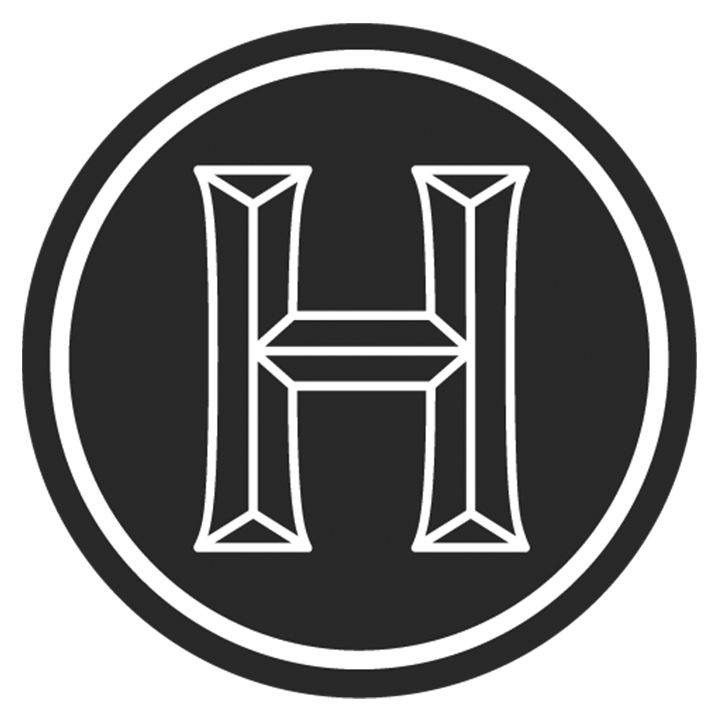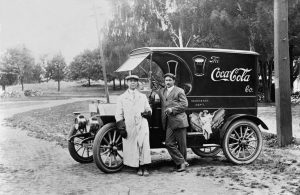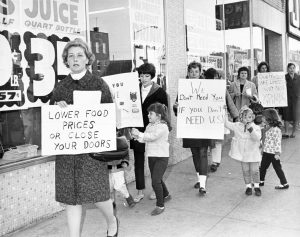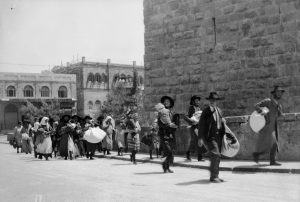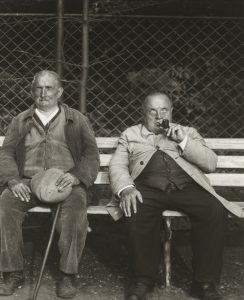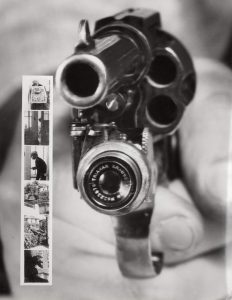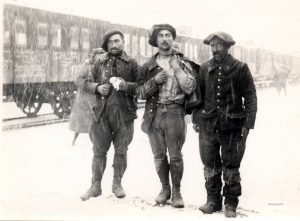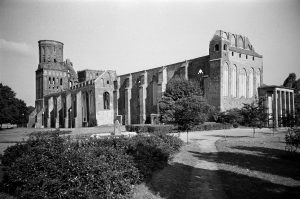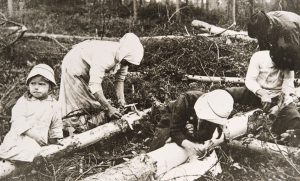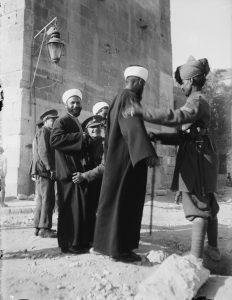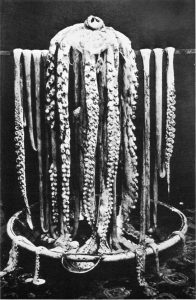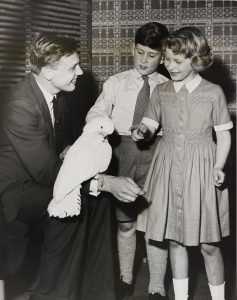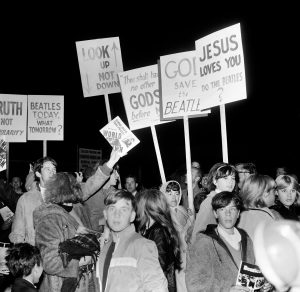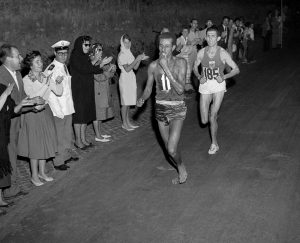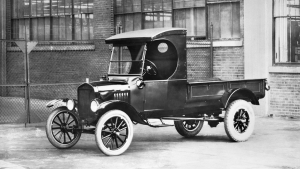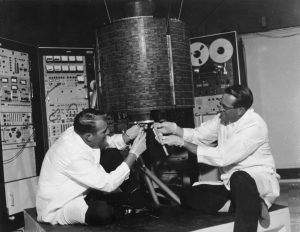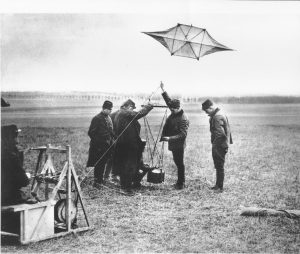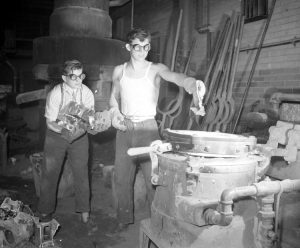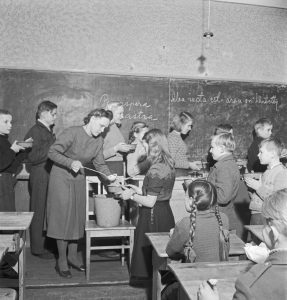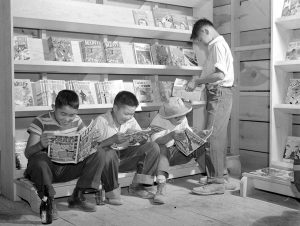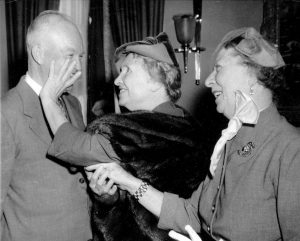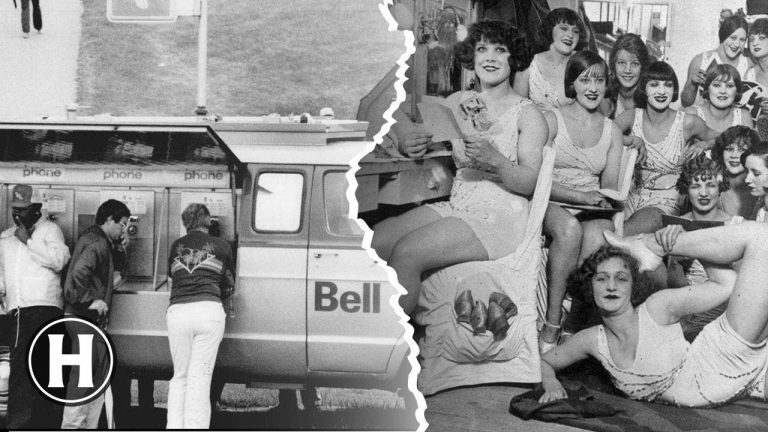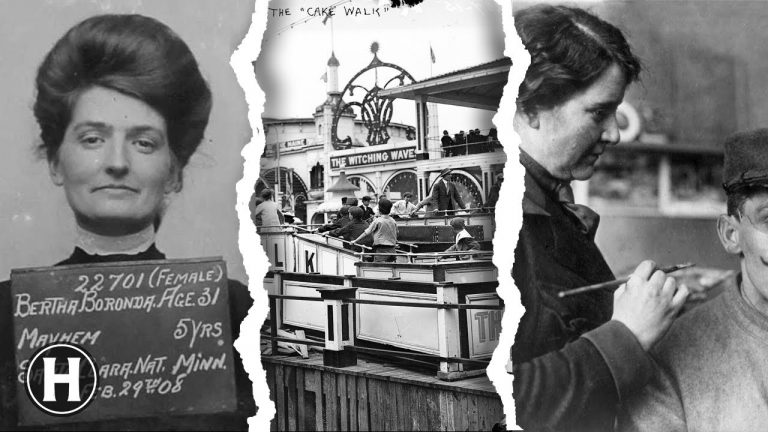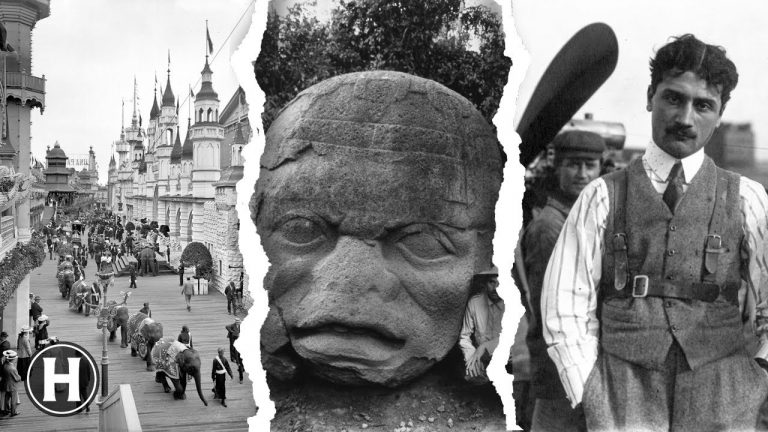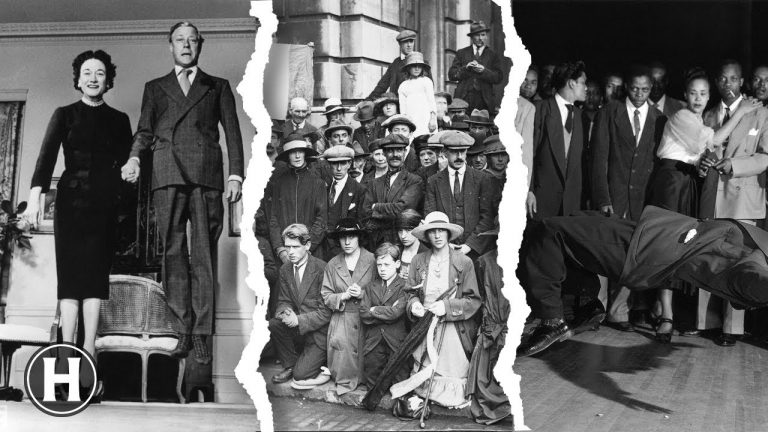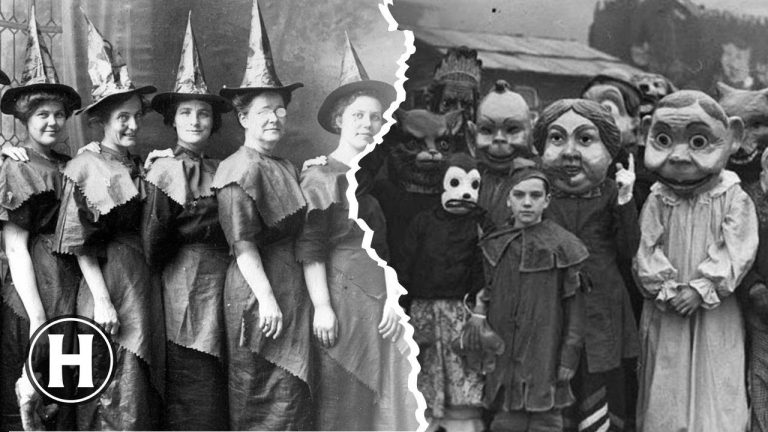Take a trip through time with snapshots of remarkable events: from Coca-Cola delivery to NYC food protests, historical glimpses of Jerusalem, unique photographic escapades, and a peek into vintage daily living.
Coca-Cola Delivery (1910)
In 1910, Coca-Cola delivery was revolutionized with mechanized motor trucks, replacing horse-drawn carriages, facilitating faster and wider distribution, an essential step in making Coca-Cola a globally recognized brand.
NYC Food Price Protest (1966)
New York City witnessed consumer protests in October, 1966 with cries for lower food prices. The event was uniquely captured by Louis Liotta from the New York Post Archives, echoing the societal challenges of the time.
Jerusalem (1929)
In 1929, amid the tempest of Arab riots in Palestine, Jewish families sought refuge from Jerusalem, showcasing their resilience amidst escalating hostilities.
Blind Duo (1930s)
Blind Miner and Blind Soldier illustrates Weimar-era Germany’s social problems through August Sander’s raw photographic portraits of the blind, emphasizing their resilience despite societal marginalization during industrialization and militarism.
Photo-Firing Revolver (1938)
In 1938, an innovative revolver in New York captured a photograph with each shot fired, merging firearm technology with photography, a novel concept marking a unique point in history.
Alpins in Brussels (1916)
The Chasseurs Alpins, elite French mountain infantry, were expertly trained for harsh conditions. Their capture in 1916 by Germans underlined the intensity of WWI, the striking image in the Brussels train station embodying the struggle for control.
Königsberger Dom (1988)
The Königsberger Dom, severely damaged during WWII, lay in ruins until 1988. Despite decay, Immanuel Kant’s tomb survived, symbolizing endurance of his philosophy. It took nearly five more years before cathedral restoration started, showing resilience through the city’s transformation.
Pine Bark Flour (1918)
In 1918, during the Finnish Civil War, a family resourcefully ground pine bark into flour due to food scarcity, illustrating Finnish resilience amidst political turmoil.
Jerusalem Search (1920)
In April 1920, during the British Mandate, police searches often involved lighthearted interaction, hinting at the complex relationship between occupiers and the occupied, underscoring the paradox of oppressive control intertwined with everyday camaraderie.
Logy Bay Squid (1873)
In 1873, Reverend Moses Harvey displayed a giant squid in his bathtub in Logy Bay, Newfoundland, offering the world a rare glimpse of this deep-sea creature, revolutionizing marine biology with one of the first photos of its kind.
Royals, Cockatoo (1958)
In 1958, esteemed naturalist David Attenborough introduced a vibrant Cockatoo to Prince Charles and Princess Anne, captivating British royals with the wonder of nature. Their engaging interaction spotlighted Attenborough’s iconic contributions to wildlife education.
Christians vs. The Beatles (1966)
The Beatles faced Christian protesters in San Francisco, 1966, after Lennon’s controversial assertion they were “more popular than Jesus”. This marked a defining moment in the intersection of religion, pop culture, and freedom of speech.
Barefoot Record by Bikila (1960)
In 1960, Ethiopian athlete Abebe Bikila made history by running barefoot in the Summer Olympics and setting a new world record, showcasing immense talent and determination.
Ford’s First Pickup (1925)
In 1925, Ford launched its debut pickup truck, priced at a modest $290. This marked the birth of an exciting new automotive segment and kickstarted Ford’s legacy in truck manufacturing.
Early Bird Launch (1965)
Engineers Peterson and Bowerman played vital roles in launching the Early Bird, the first communication satellite by NASA and Hughes Aircraft Corporation, significantly advancing global communication on April 6, 1965.
Kite Spy Camera (1914-1915)
During World War I, French soldiers innovated aerial photography for reconnaissance by attaching a camera to a kite, offering a unique bird’s-eye view of battlefield conditions, significantly transforming military tactics of the period.
Forge Work at Cass Tech (1930s)
In the 1930’s, Cass Technical High School in Detroit offered hands-on industrial arts courses, illustrating the era’s emphasis on practical skills. Students operated an open furnace in the school’s forge, gaining real-world metallurgy experience.
Finland School Lunch (1950)
In 1950, Finland became the first country globally to serve fully subsidized school meals, considering them a crucial part of children’s learning rather than a charity, marking a significant development in their welfare state.
Tule Lake Center Life (1942)
During WWII, Japanese-American internees sought solace and escapism through comic books at Tule Lake Relocation Center’s newsstand, a poignant reflection of resilience amidst adversity and forced displacement.
